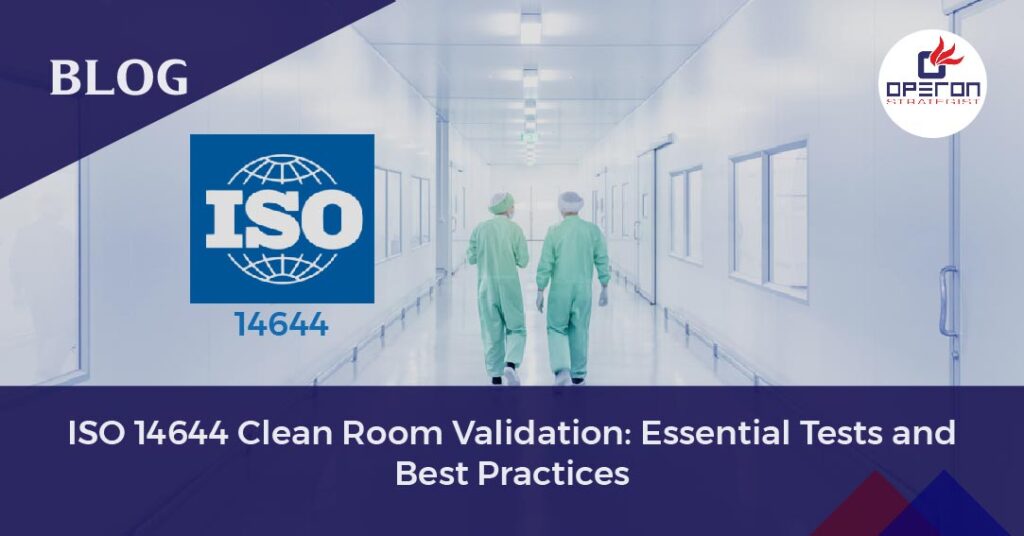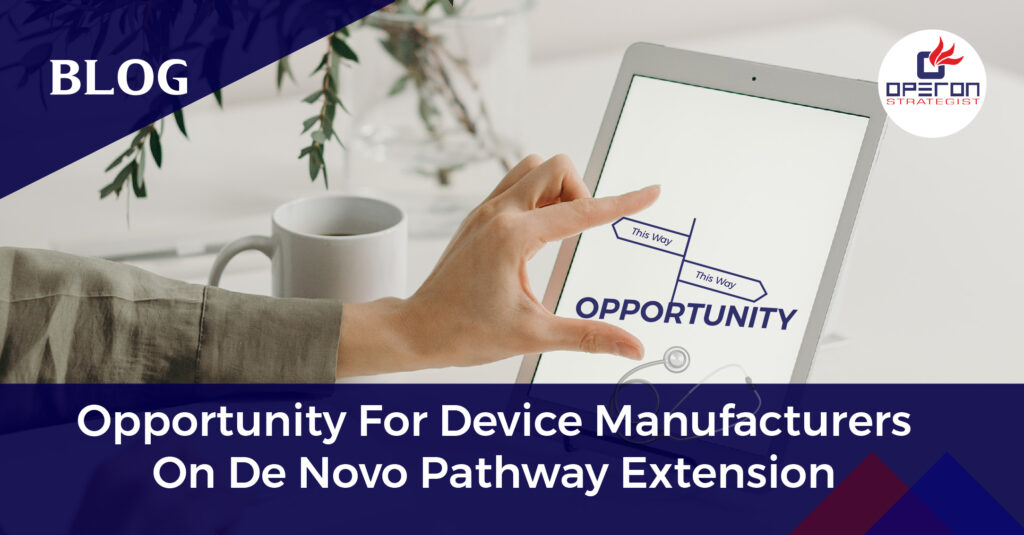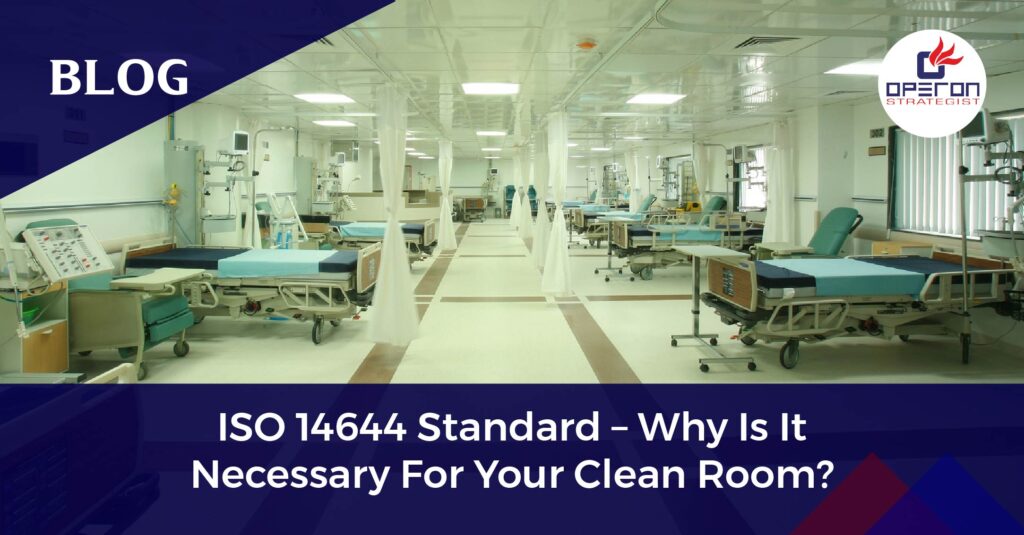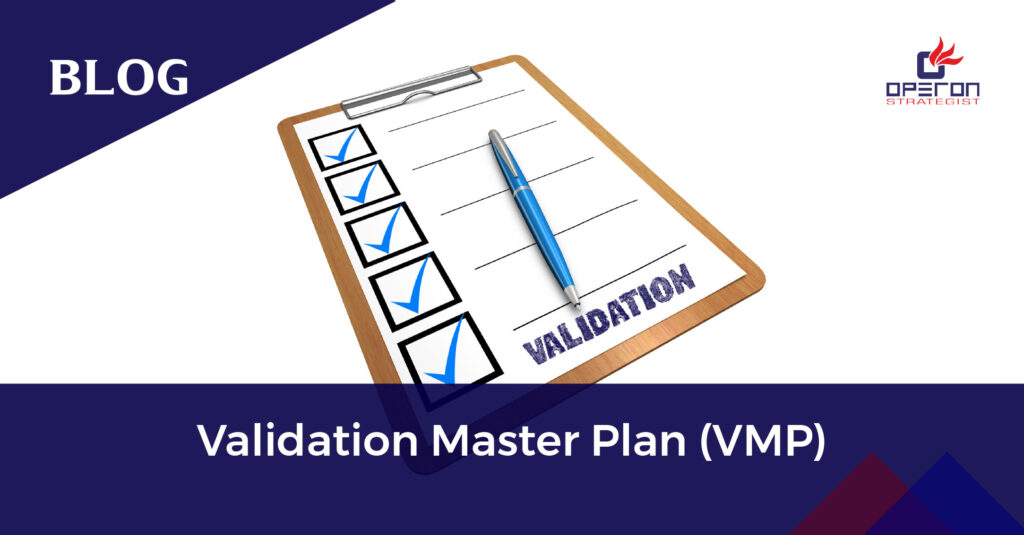Ensure compliance. Minimize risk. Accelerate approvals.
Partner with Operon Strategist for end-to-end clean room validation as per ISO 14644 standards.
What is Clean Room Validation?
Clean room validation is a critical quality assurance process that verifies your clean room environment meets the required specifications for airborne particle cleanliness, as outlined in ISO 14644-1 and ISO 14644-2.
For medical device manufacturers, clean room validation is essential for:
- Ensuring sterility and product safety
- Meeting regulatory requirements (FDA, EU MDR, CDSCO, etc.)
- Enabling ISO 13485 and GMP compliance
Looking For a Medical Device Regulatory Consultant?
Sterile medical devices require a clean room with a classification of ISO 7 or ISO 8 at least. Ensuring your clean room meets these standards involves a series of mandatory tests as per ISO 14644 guidelines. This blog will guide you through the essential tests required for validation and the role of the Operon Strategist in facilitating this process.
Test #1: Airborne Particle Concentration
The first step in validating your clean room is measuring the airborne particle concentration.
- Purpose: Evaluate the air cleanliness classification in terms of airborne particles.
- Method: Perform the test according to ISO 14644-1.
- Particle Sizes: Measure particle sizes such as 0.5 μm and 5 μm.
- Limits: Comply with the limits specified in Table 1 of ISO 14644-1 for the at-rest state. For operational measurements, follow WHO guidelines or use the next class limits in Table 1.
Test #2: DOP Test or HEPA Filter Leakage Test
The DOP test, or HEPA filter leakage test, confirms the proper installation and integrity of the air filter system.
- Purpose: Verify the absence of bypass leakage and ensure filters are free of defects.
- Method: Introduce an aerosol challenge upstream of the filter and scan downstream according to ISO 14644-3.
- Acceptance Criteria: Detected leak should be no more than 0.01%.
Test #3: Air Pressure Difference Test
This test checks the cleanroom’s ability to maintain the specified pressure differential.
- Purpose: Verify the cleanroom air movement system’s capability.
- Method: Conduct the test according to ISO 14644-3.
- Pressure Differentials: According to ISO 14644-4, pressure differentials should typically range from 7.5 Pa to 15 Pa.
- Frequency: Perform during validation and daily routine monitoring.
Test #4: Air Change Rate (ACR)
The air change rate test measures the supply air volume flow rate in non-unidirectional cleanrooms.
- Purpose: Measure the air volume supplied to the cleanroom per unit of time.
- Method: Follow ISO 14644-3 guidelines.
- ACR: Should be 15-20 times per hour, or as per regulatory requirements.
Test #5: Temperature & Humidity
This test ensures that air temperature and relative humidity (RH) levels remain within control limits over time.
- Purpose: Verify temperature and RH levels.
- Method: Comply with ISO 14644-3.
- Criteria: Follow regulatory requirements, typically 18-22°C and RH not exceeding 65%.
Test #6: Recovery Test
The recovery test evaluates the time required for the cleanroom to return to target cleanliness levels after a disturbance.
- Purpose: Determine the recovery time to target cleanliness.
- Method: Conduct the test as per ISO 14644-3.
Get Expert Consultation for Clean Room Validation
The Role of Operon Strategist
Operon Strategist plays a crucial role in helping medical device manufacturers navigate the complexities of clean room validation. With expertise in regulatory compliance and clean room validation, Operon Strategist provides comprehensive support, ensuring all tests are conducted correctly and standards are met.
By partnering with Operon Strategist, you can ensure your cleanroom validation process is thorough and compliant with ISO 14644 standards, paving the way for safe and sterile medical device production. As a medical device turnkey project management consultant, we also consult on establishing a medical device manufacturing plant as per compliance.
- adminhttps://operonstrategist.com/author/admin-2/
- adminhttps://operonstrategist.com/author/admin-2/
- adminhttps://operonstrategist.com/author/admin-2/
- adminhttps://operonstrategist.com/author/admin-2/




